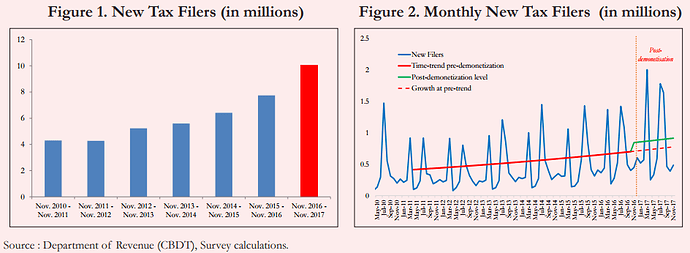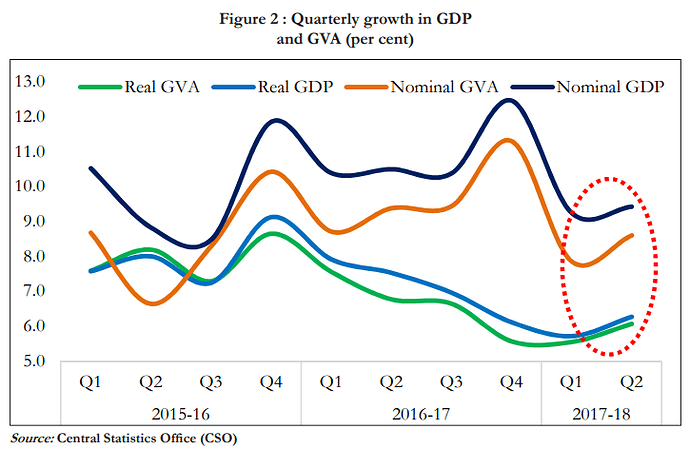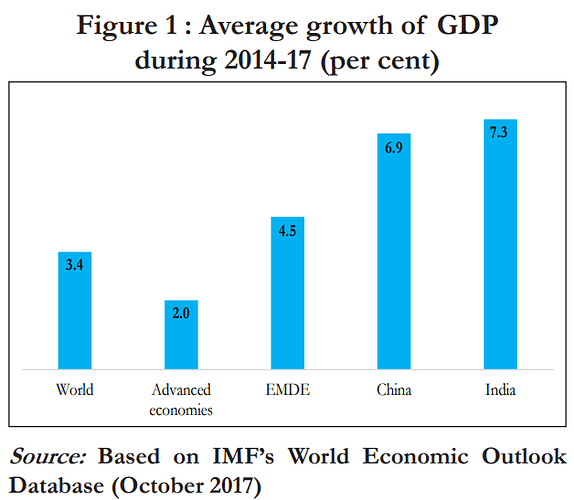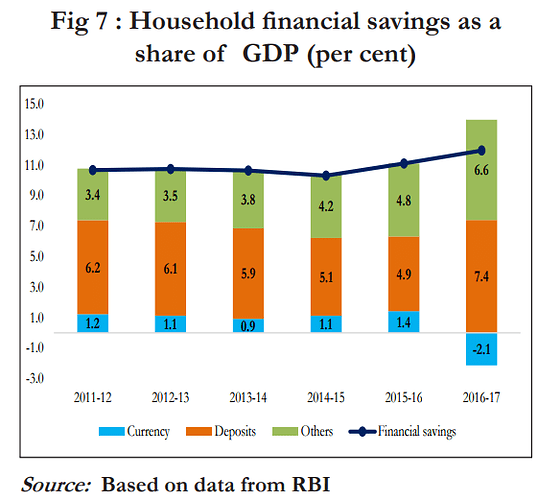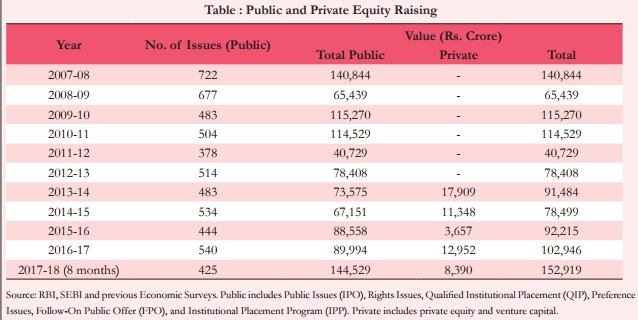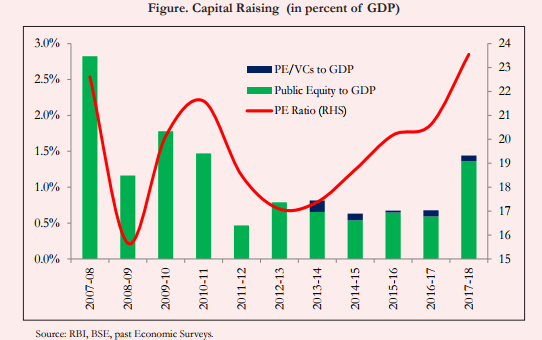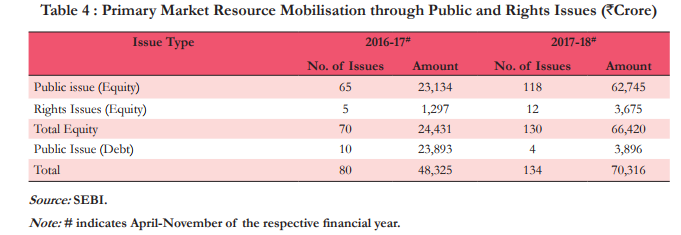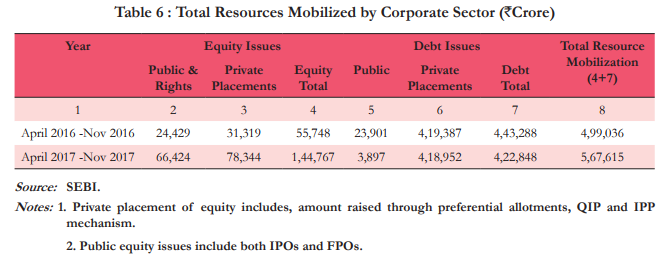The Economic Survey is an authoritative document presented just before the budget. it is prepared under the aegis of the CEA (Chief Economic Adviser) and the Finance Ministry and it details the state of the Indian economy.
Here are the highlights of the Economic Survey 2017-18.
-
Increase in Taxpayers Post-Demonetization.
The aim of GST and demonetization was to expand the tax base and these initiatives seem to have worked. Since the demonetization in November 2017, there has been a jump in the number of taxpayers. 10.1 million new filers were added vs an average of 6.2 million in
the preceding six years. The survey also notes that new tax filers are reporting incomes close to the taxation bracket of Rs.2.5 lanks and as incomes rise the tax base should increase which would result in increased revenues to the government.
-
Growth estimate for 2018-19
The Economic survey forecasts the GDP growth in the range of 7.0 to 7.5%. The forecast points to the recent acceleration in exports and the increasing remittances as the oil prices rise. The IMF in it’s recent World Economic Outlook forecast said that global economic growth could increase to 3.7% in 2018 from 3.6% in 2017. -
Savings and investment
The survey notes that in spite of the solid economic growth, Gross Capital Formation (GCF) as a share of GDP declined by 5.6% between 2011-12 and 2015-16. The report attributes this to factors such as difficulties in acquiring land, delayed and cumbersome environmental clearances and problems on the infrastructure front.
Savings
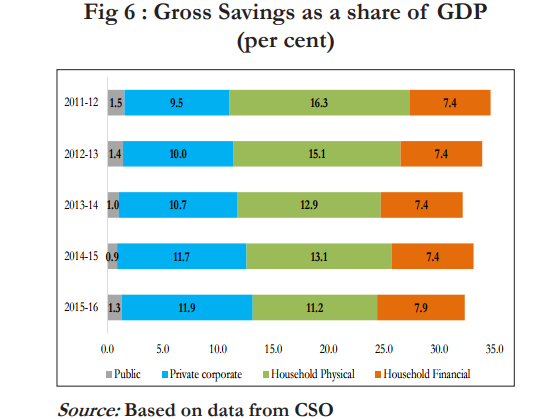
Household savings which account for a bulk of savings have decreased from 68% in 2011-12 to 59% in 2015-16. Interestingly though there been a shift away from physical to financial assets. The share of physical assets in savings has dropped by 10% in the same time period.
Household financial savings are mainly held in the form of currency, bank deposits, life insurance funds, provident and pension funds and in recent times in shares and debentures. Bank deposits account for over 50% of the savings between 2011-12 and 2015-16. Another interesting trend was that there was a significant decline in the proportion of deployment of financial savings in bank deposits and life insurance funds and an increase in share of currency, provident and pension funds, claims on government (primarily in small savings) in 2015-16.
In 2016-17 there was a 20% increase in household savings. But due to demonetization, there was a 250% (Rs. 5 lakh crore) drop in savings in currencies. Savings in bank deposits increased by 82%, savings in life insurance funds increased by 66% and savings in shares and debentures increased by 345%. Within the shares and debentures category savings in mutual funds shot by an incredible 400% in 2016-17 vs a growth of 126% in 2015-16.
